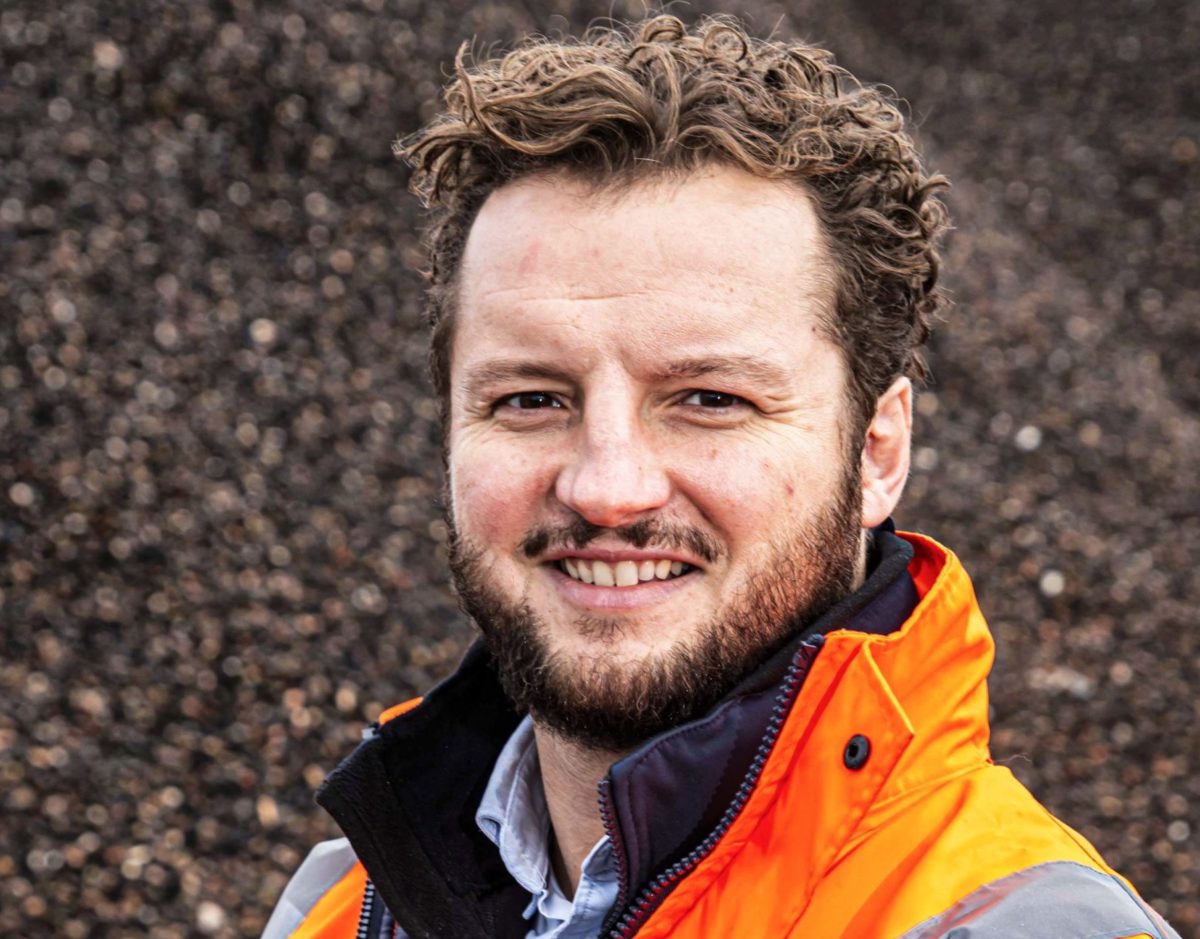
By Scott Brewster, MD of Brewster Brothers
Is the circular economy just a fashion with too many people jumping on the bandwagon without any real understanding of the inherent or underlying realities? Some people would have us believe so. But that would be to take a glass half empty point of view when the glass is in fact half full.
Waste is a big problem. Driven by modern consumerism, not only are landfill sites overflowing, spawning the illegal fly tippers and cowboy organisations trying to exploit the situation, but valuable resources are also being depleted.
Warnings are increasing about shortages of lack of raw materials with the world quickly running out of what is easily available. Accessing reserves is getting harder, more expensive and more environmentally destructive. While fly tippers are a local problem, illegal sand mining is the third biggest global crime, but it is rarely talked about.
It is not surprising that there are ever louder calls for a strategic, structured and integrated approach to waste management. For those looking for grand plans to solve the world’s grand challenges, it is easy to miss what is happening at ground level and see that the building blocks for change are being put in place.
Every year, the Scottish construction industry consumes on average 29 million tonnes of aggregates. The industry accounts for 50% of natural resource consumption, contributes to more than 50% of our country’s waste and generates 40% of its carbon emissions.
It’s clear that in response we need the means to provide better access to energy efficient treatment plants that recycle and recover waste for reuse. Yet still, approximately 1 million tonnes of waste soil and rubble finds its way to Scottish landfill, while only 54% of construction projects have access to a sustainable resource management service.
What if this could change?
Construction waste consists of untapped valuable resources such as sand, stones, soil and clay that can be processed and resold back into the industry without affecting the environment. Working with our clients, over the past four years, we alone have diverted almost 810,000 tonnes of waste from landfill and replaced over 660,000 tonnes of virgin aggregates with recycled aggregates in the local construction industry. This represents a carbon saving of 17,000 tonnes.

Our approach to the circular economy is to use it as a framework in all we do, from the fuel that drives our trucks and the logistics of moving waste, through to the recycling of the water that washes the waste through our plant.
Encouragingly, more and more companies in Scotland are thinking the same way. Granted, not everyone is onboard and we need to see more companies embracing the challenge of the circular economy, not simply because it is the right thing to do but also because it will future proof businesses.
A world beyond waste – where resource efficiency is maximised, the waste hierarchy adhered to, and our materials put back to use – could reduce greenhouse gas emissions by 39% according to the 2021 Circularity Gap Report. The forthcoming Zero Waste Scotland consultation on measures to meet zero waste targets is very welcome and with greater clarity on ‘end of waste’ status from SEPA, more and more companies will be encouraged to think more about circularity in their businesses.
While popular schemes to reduce plastic and increase household waste recycling are highly visible to most people, other less publicised but nonetheless significant innovations are happening across the business landscape that are making companies put circular first.
Whatever your view, however, the urgency remains the same. The crucial role that recycling and resource management has to play in supporting decarbonisation, is why the Chartered Institution of Wastes Management branded the lack of ‘resources and waste’ representation in the COP26 programme a ‘critical oversight’. We need to change habits, as we need to change business practice. The more optimistic of us see that the tools are within our grasp.









